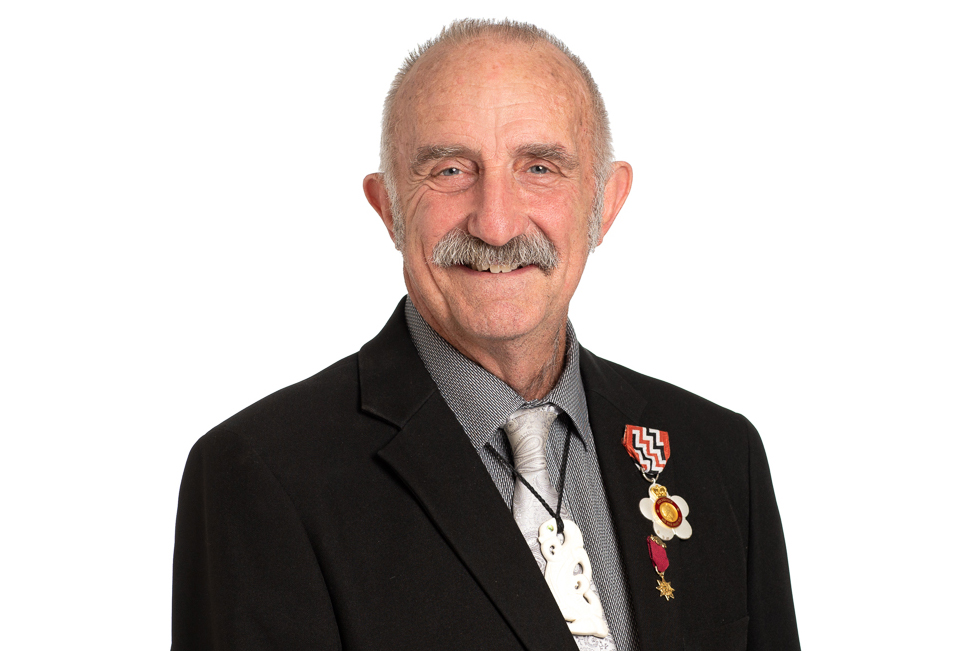Working together on water
By Mayor John Carter
Rain showers are being seen by many in the district this week for the first time in a long time. Forecasters say we can expect to see more scattered showers right through to the end of next week. Every drop of rain we get is like a gift – some may even have been lucky enough to have their water tanks recharged!

Rain showers are being seen by many in the district this week for the first time in a long time. Forecasters say we can expect to see more scattered showers right through to the end of next week. Every drop of rain we get is like a gift – some may even have been lucky enough to have their water tanks recharged!
Welcome as they are, these showers are well short of the sustained rain we need to break the current drought. MetService long‐range forecasters confirm that above-average temperatures will continue across Northland as high‐pressure systems continue to dominate. There’s little indication that tropical cyclones or tropical lows will head our way soon.
Northland Regional Council says waterways across the region are continuing to decline, with 96 per cent now running below drought flows. Groundwater levels are faring no better. Many coastal aquifers are at or near the lowest levels recorded since monitoring began in the early 1990s. Many long-time residents and farmers are also saying this is shaping up to be one of the worst droughts they have seen in the Far North.
But it’s not all bad news. The Council is making real progress finding and tapping into supplementary water supplies for our worst-affected towns. In Kaitaia, work is progressing well on two projects to tap into the Aupouri aquifer. One will provide a tank farm at Sweetwater so bulk water carriers can fill up with water sourced from the aquifer and treated on-site. This water will go to rural users running out of rainwater and completely remove bulk water carriers from the Kaitaia town water supply. We aim to provide this solution by the middle of this month.
Our second project will provide relief directly to Kaitaia by piping water from a bore on the iwi-owned Sweetwater Farm directly to Kaitaia’s water treatment plant. We are now laying 4km of pipe required to complete this job and are on track to have it completed in two weeks. This would not be possible without the input and collaboration of Te Rarawa and Ngāi Takoto and I am hugely grateful for their support.
Our work to provide a supplementary water source for Kaikohe is progressing well and an announcement on this is imminent. At the same time, we are investigating alternative supply options we believe can provide Kaikohe with greater water resilience in the future. Again, we will announce these plans once they are confirmed.
The other water supply causing us concern is Omanaia-Rawene. Last week, we increased the resilience of this supply when we traced and fixed a significant leak in the system.
While we are achieving real wins finding supplementary supplies, these alone will not be enough to resolve the drought-related water shortages currently impacting our district. We need all residents to continue efforts to reduce water consumption by 25 per cent. By working together, we can get through this drought.
Tags: News story

